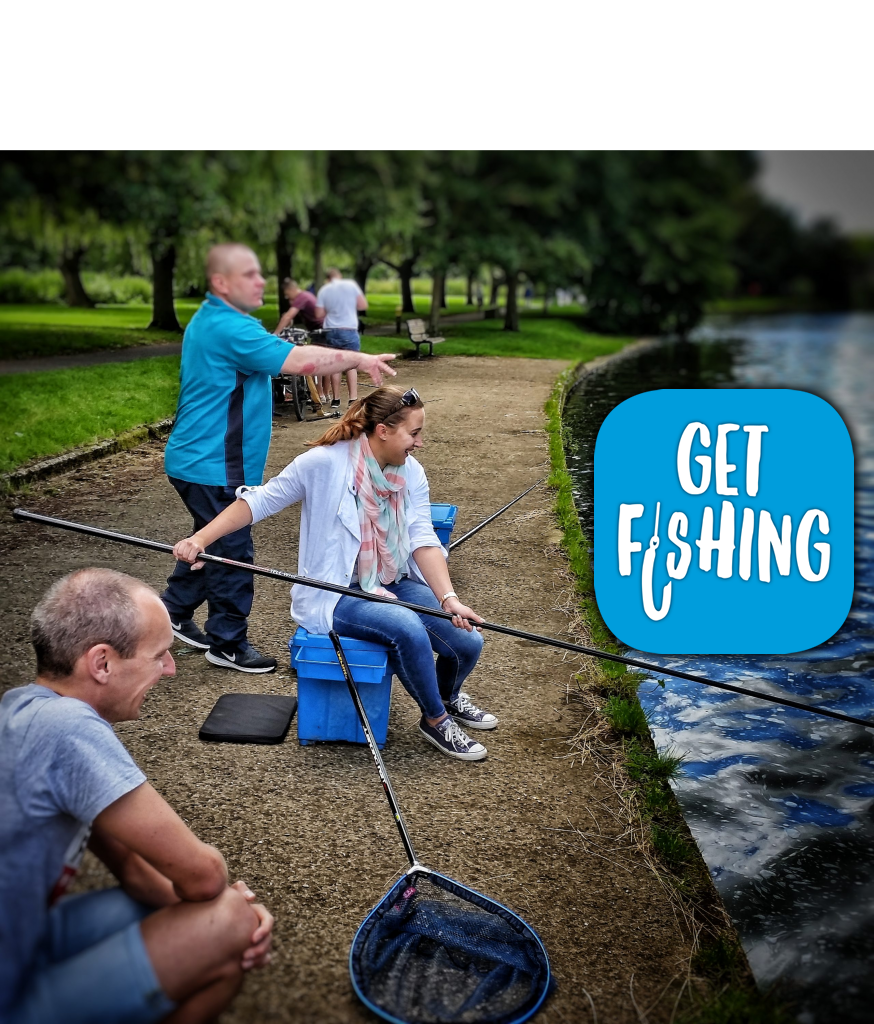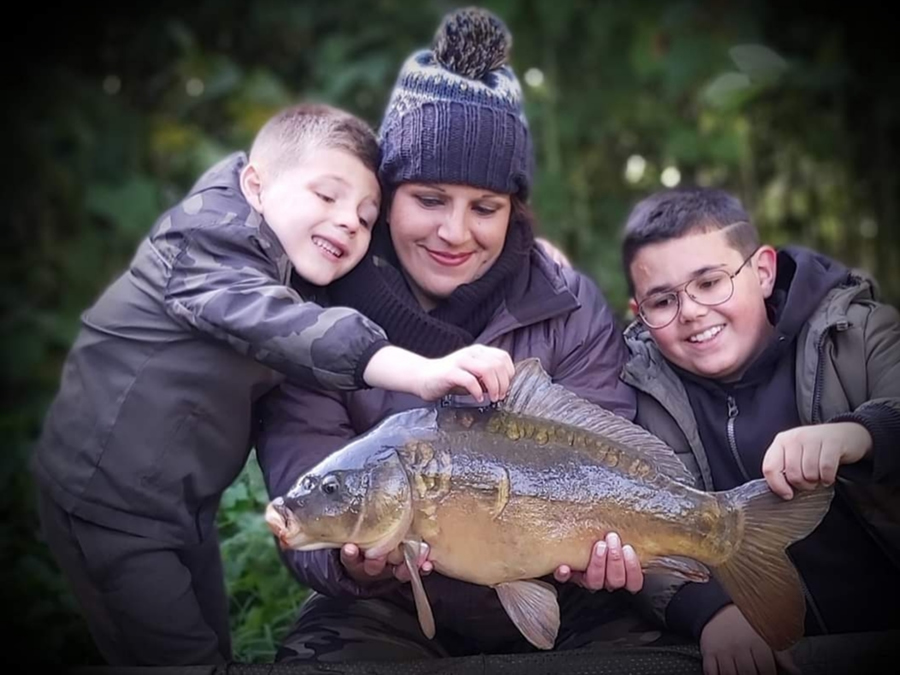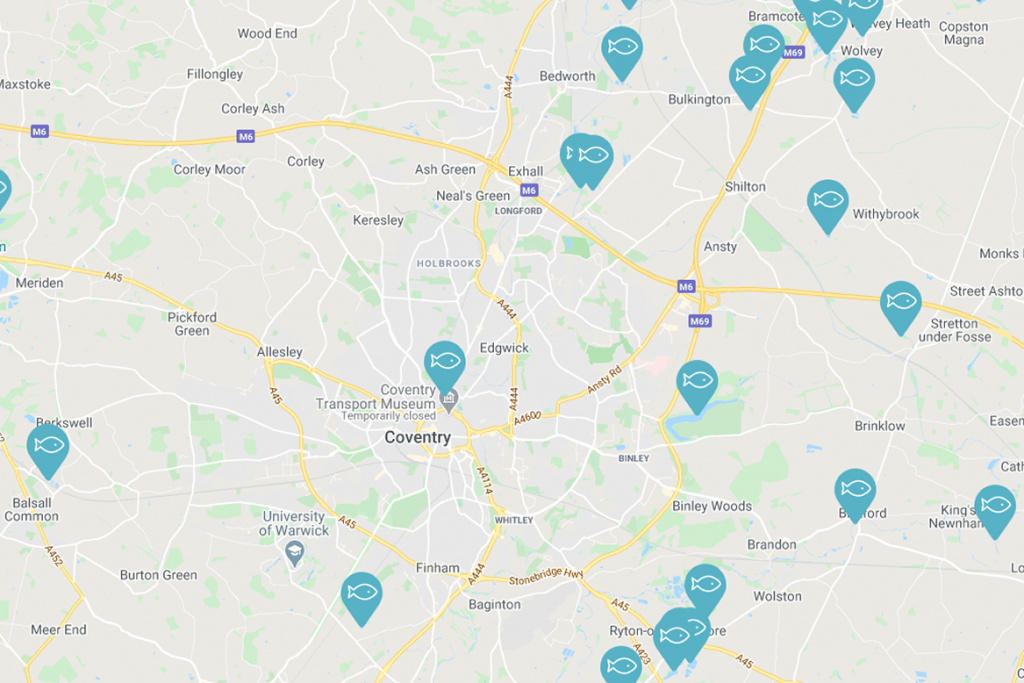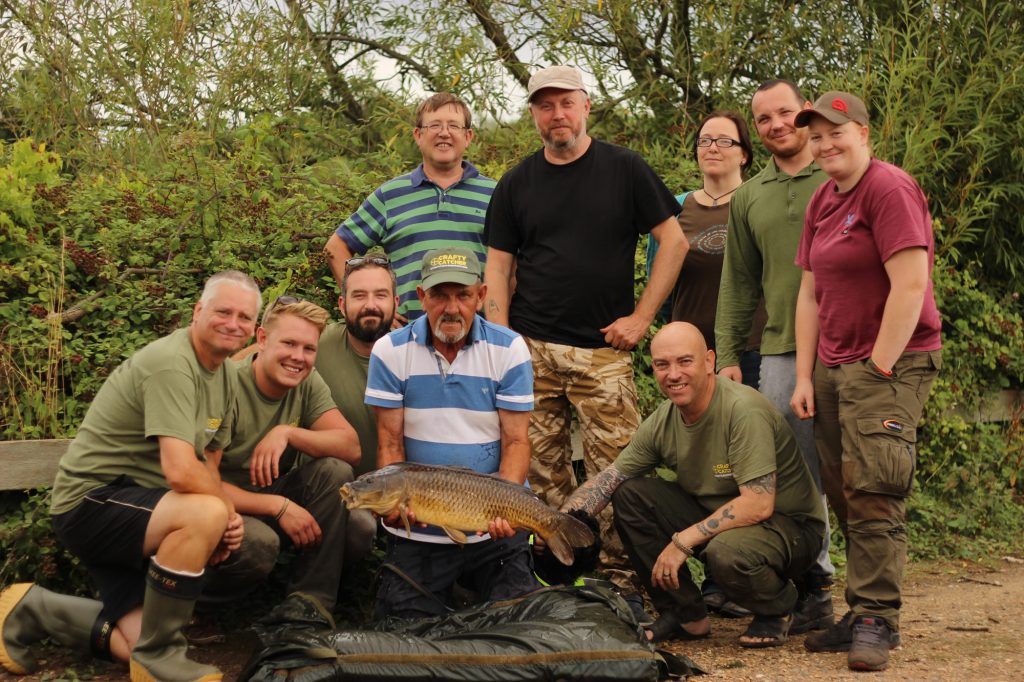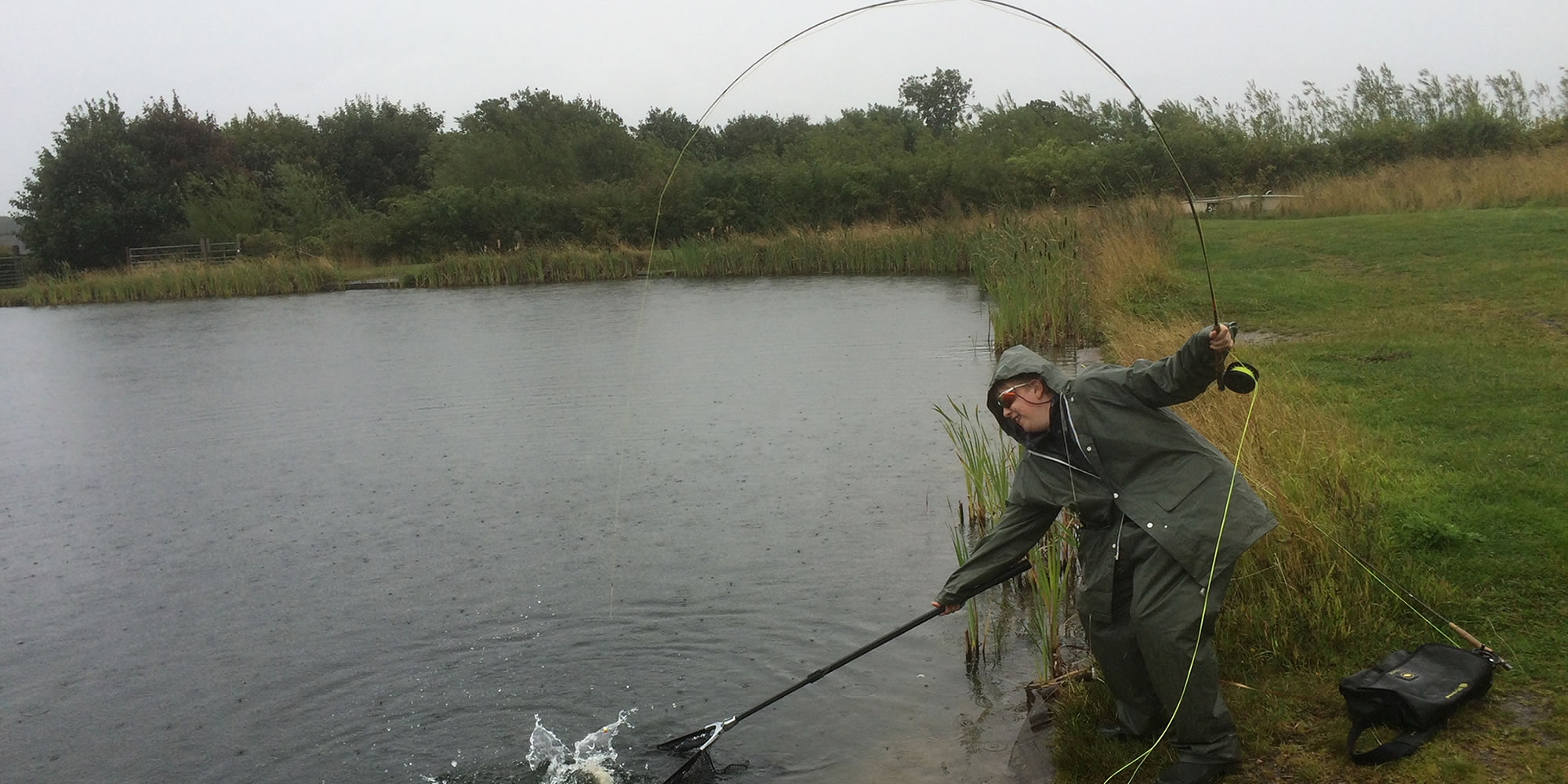
Get Fishing Resources
How to start game fishing
About Game Fishing:
Game fishing is the second most widespread type of freshwater angling in England. In this kind of fishing you try to catch fish in freshwater, rather than the sea and sometimes the fish are taken for food if the venue or fishery owner allows. Most people live within a few miles of a freshwater river, stream lake or pond where they can catch game fish after getting a fishing licence and permission or a ticket to fish from the fishery owner. Here are some tips on how to get into game fishing…
What You Need To Know To Start Game Fishing
Come fishing at an event near you
The “Get Fishing” campaign is run by the Angling Trust and funded by the Environment Agency and Sport England to get more people out fishing, more often. As part of this, angling clubs, fisheries and organisations run taster sessions which give beginners of all ages and abilities the opportunity to try fishing for the first time or to return to angling after a break. Most of these sessions are free or very low cost and include the use of tackle, bait and a fishing licence for the day. After that all you’ll need is some low-cost tackle, a fishing licence and a day-ticket or club membership (see below) to access some fishing venues. Find an event HERE and bring the whole family along!
Ask Your Tackle Shop
Your local tackle shop will be able to give you advice about what tackle you will need to get into game fishing. Some expert anglers might spend hundreds of pounds on rods, lines and reels, but you could buy a basic fishing setup for about £50. The key to getting started is to keep things really simple and try and get a friend or family member who has been fishing before to show you how to begin.
Join a Fishing Club
Joining a local fishing club is a great way to learn how to fish and to get access to fishing venues near to you. A lot of fishing clubs will arrange fishing sessions for new or young anglers. If you are interested in competitive game fishing where you might win prizes, your local club will be able to help you get started. You can find clubs that are members of the Angling Trust, angling’s representative organisation HERE.
Fishing Licences
If you are over the age of 13 you need to have a fishing licence to go fishing in rivers, canals, lakes, pools and streams in England. You can get your fishing licence from the Environment Agency at www.gov.uk/fishing-licences/when-you-need-a-licence.
Find a Venue Near to You
You can find information about venues on our website’s own map HERE.
Game Fish Species
The most popular targets for game anglers are trout, sea trout, salmon and sometimes char, although the latter are a fairly rare species. Game anglers also fish for grayling using fly fishing methods, even though these are also regarded as a coarse fishing species. When you go game fishing it is important to remember that although there are general bylaws about the size and type of fish you could keep, nearly every game fishing venue will only allow you to take fish away with you as long as you stick to their own rules about size and number limits. In some places it is not possible to take fish away at all. This might be because the fish are protected and/or the fishery owners want to help numbers of wild fish to increase.
Salmon and sea trout can be more difficult to catch because they only come into rivers as adults to spawn and they eat very little if anything at all. Anglers use lures which for one reason or another provoke them to take the fly. Little is known about why they do this on some days, but not on others, and there are many theories! Sea trout are often caught after dark, and salmon during the day.
Trout and char can be found in rivers, lakes and reservoirs. Some of these places hold our native brown trout while others are stocked with rainbow trout. It is possible to go fishing for trout for as little as £5 a day but there are often additional charges for any fish that you want to eat.
Game fishing techniques – the basics
The main techniques used in game fishing are fly fishing, spinning and lure fishing. Different rods, reels and tackle are used for each technique. The info below will give you an idea about how to start fishing, or explain a bit about the type of fishing you might have seen other people doing, but the best advice we can give you is to come fishing at one of our events where you will get to have a go yourself – we’ll lend you tackle to use on the day at one of the special Get Fishing taster sessions that we run all over the country.
Fly fishing: The most common type of game angling is fly fishing, which involves casting a thick plastic line which acts as the casting weight with 5 to 20 feet of fine nylon or fluorocarbon line attached to the end, and an artificial fly usually made from feathers and animal hair to attract the fish. The fly is used to imitate insects either under the water or floating on the surface. Larger flies (known as lures) are made to imitate small fish and are pulled through the water or allowed to drift round across the current in rivers. The thick plastic line, or “fly line”, can either float on the surface, or there are various types of sinking line which sink at different speeds.
Spinning: This technique uses a flashing metal spinner or a wooden or plastic lure which either floats on the surface or dives to the bottom. The spinner/lure is pulled through the water to imitate a small fish or other creature that some species of game fish eat or attack. Spinning is easy and simple to get into. You don’t need much time or tackle to go spin fishing and a short spin fishing rod and small reel, along with a few spinners are an inexpensive, lightweight and simple way to get into fishing. Remember that some fisheries will only allow fly fishing, others will allow spinning only when the water levels are high or the river coloured with sediment.
Essential kit: As well as basic tackle you’ll need a landing net to safely bring your fish on to the bank or unhook them in the water. It’s important to carry a pair of long-nosed forceps (which are lightweight pliers) to remove the hook from a fishes mouth. It’s a good idea to wear sunglasses or some other type of eye protection and polarised sunglasses make it easier to see the fish you are trying to catch. A hat, waterproof jacket and shoes are a good idea too.
How to handle salmon
The Angling Trust, Atlantic Salmon Trust and FishPal have teamed up to produce a series of three short films called “The Gift” which contain advice that aims to minimise harm to salmon and includes tips on the right choice of tackle and equipment, how to play and land fish and how to handle them in the net. Now that anglers voluntarily release around 80% of the salmon they catch we want to make sure that as many of these fish as possible go on to reproduce successfully.
The key advice in the films is to:
1] Use barbless hooks whenever possible
2] Avoid the use of treble hooks, particularly on Flying ‘C’ lures
3] Carry long-nosed forceps with you at all times
4] Use a large landing net with small, soft mesh to avoid splitting fins and damaging scales
5] Use strong line that will allow you bring fish to the net rapidly
6] Not lift the fish out of the water if at all possible (other than for a very quick photo)
7] Never lift a salmon by its tail or gill cover
8] Avoid taking fish onto the bank or dragging them over stones or gravel
Watch the films here:
The Gift – Part 1: www.youtube.com/watch?v=sCwGyJp5Afw
The Gift – Part 2: www.youtube.com/watch?v=I6Aqlsx574c
The Gift – Part 3: www.youtube.com/watch?v=g7uoXk_hFOk
Find out how to get into Coarse Fishing
Find out how to get into Sea Fishing
You might also like
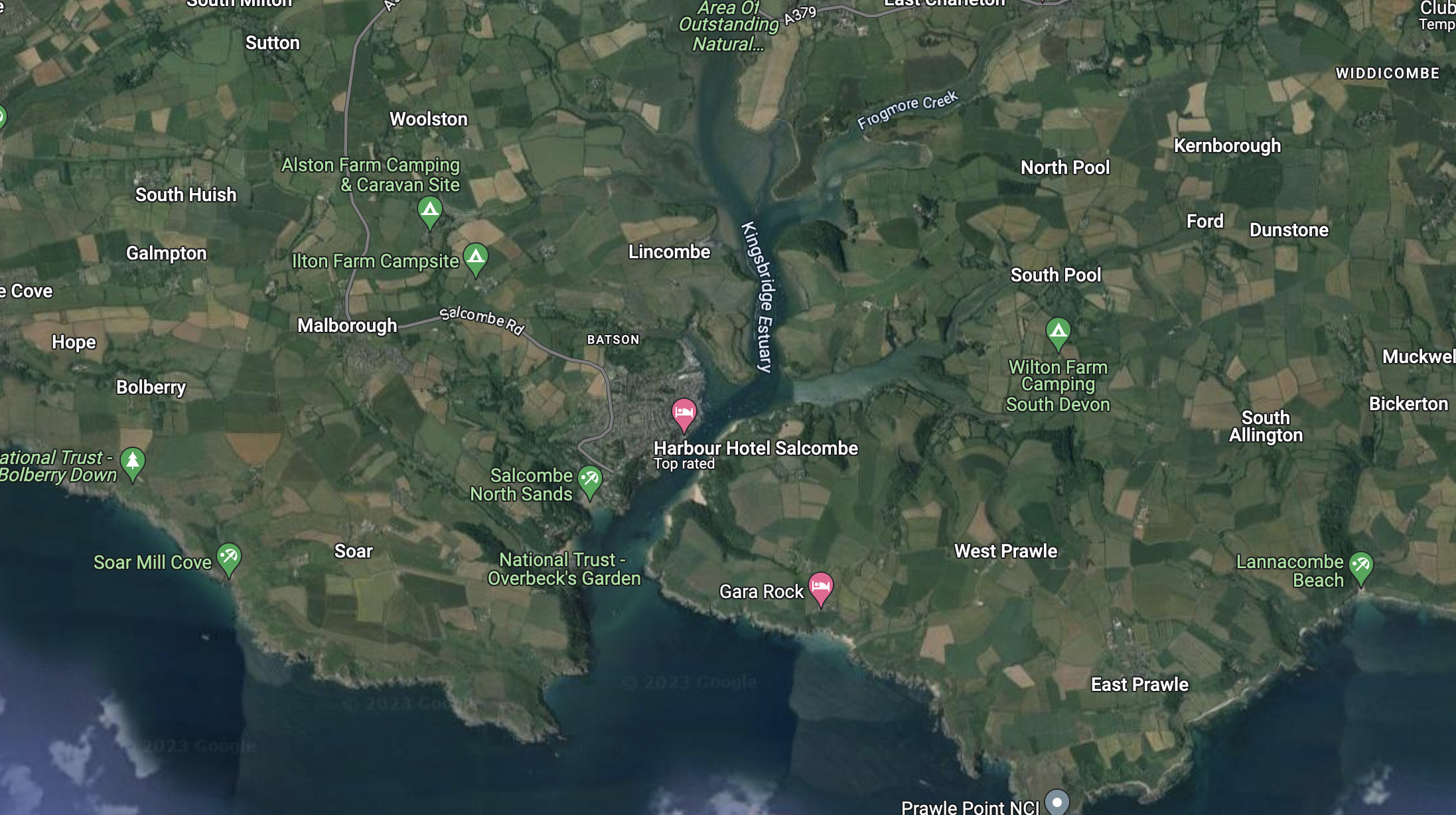
Salcombe – An update on the proposals for a…

Angling Trust welcomes IUCN’s assessment of Atlantic salmon

APPLICATIONS OPEN FOR GURU TEAM ENGLAND U15 TALENT PATHWAY!
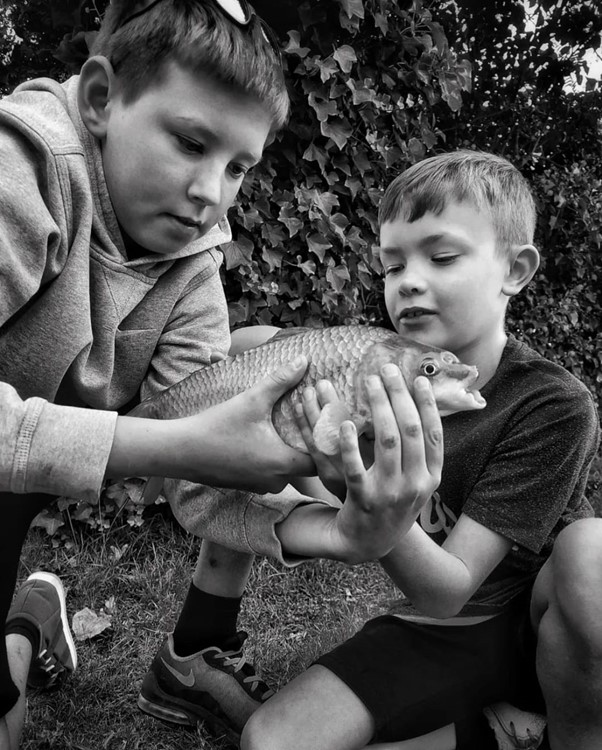
Brothers discover how to get into fishing (it’s easier…
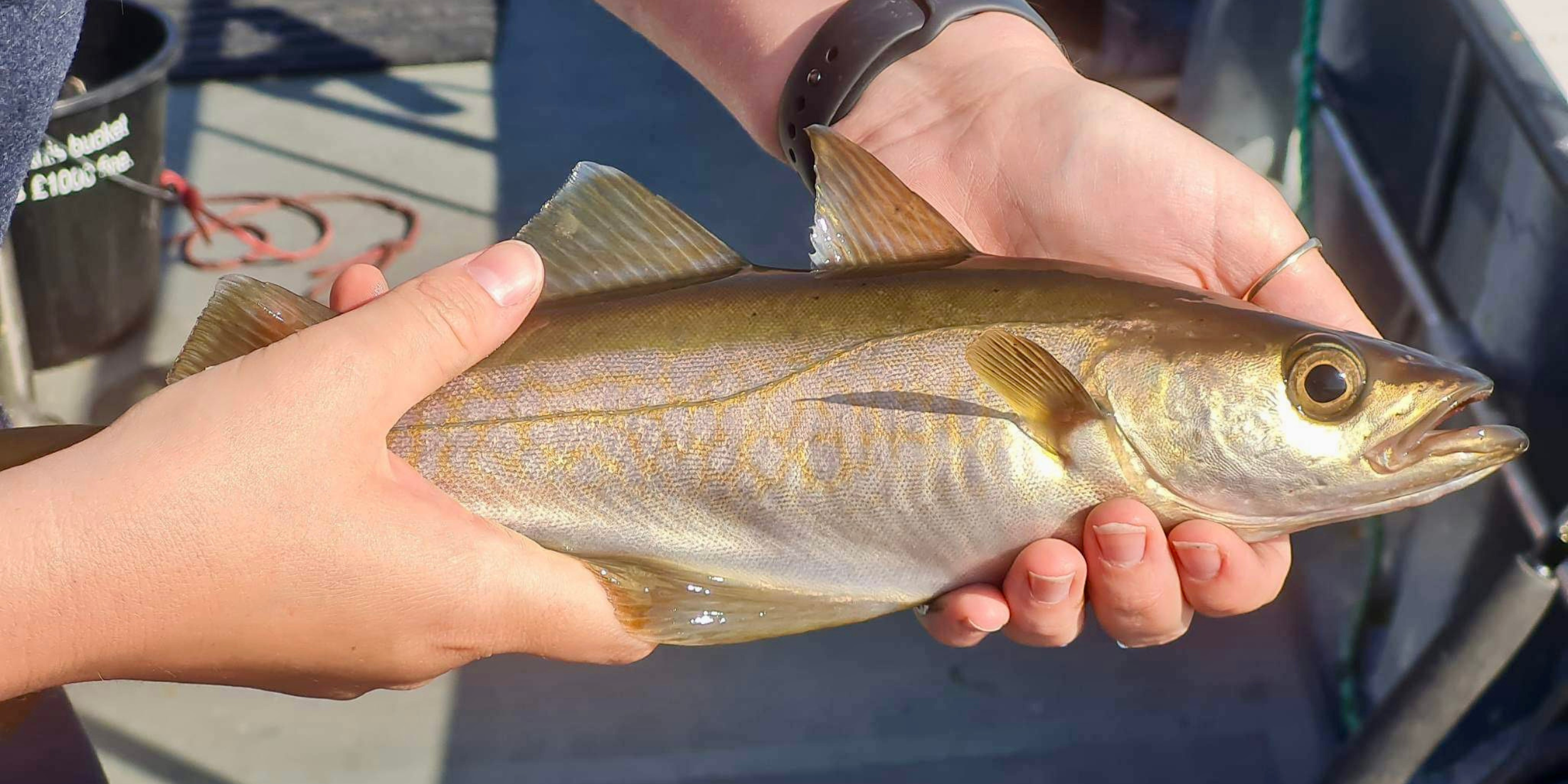
Angling Trust fight for anglers to have their say…

The best is yet to come
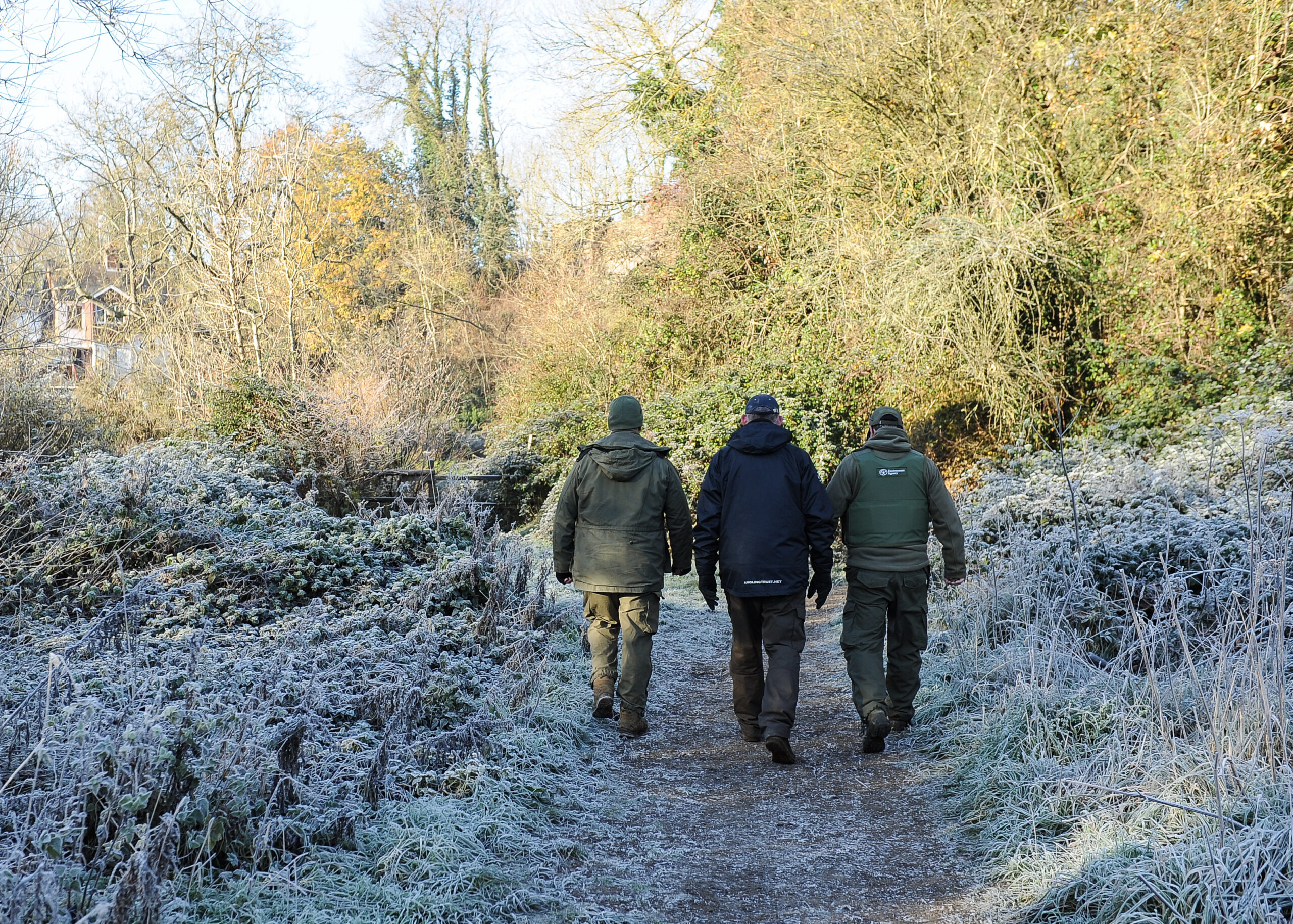
Angling Trust calls for more action on fisheries crime
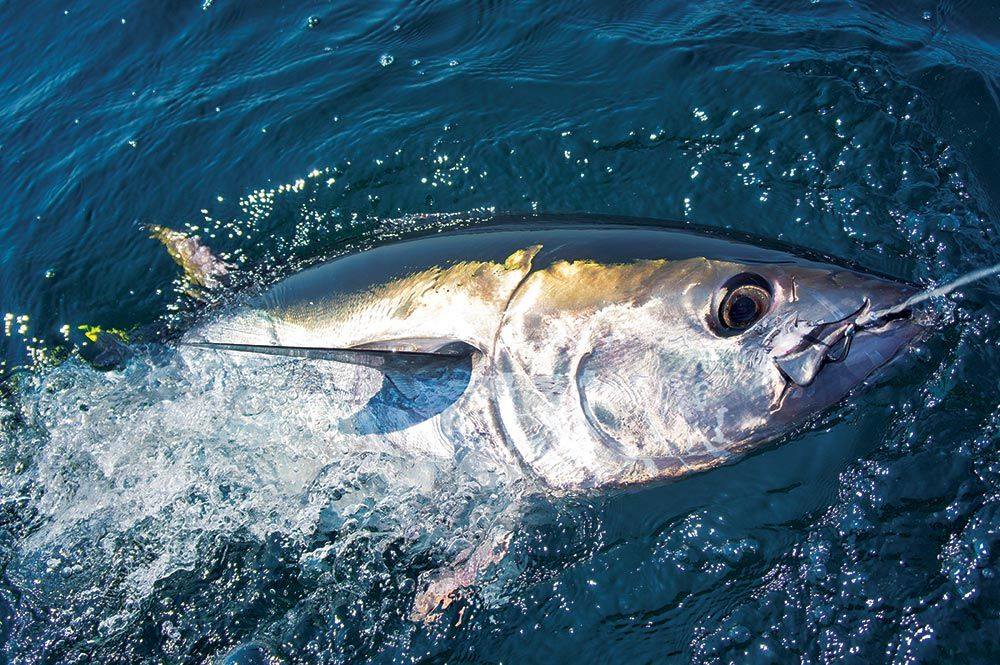
DEFRA announces intention to establish a Bluefin Tuna Catch…
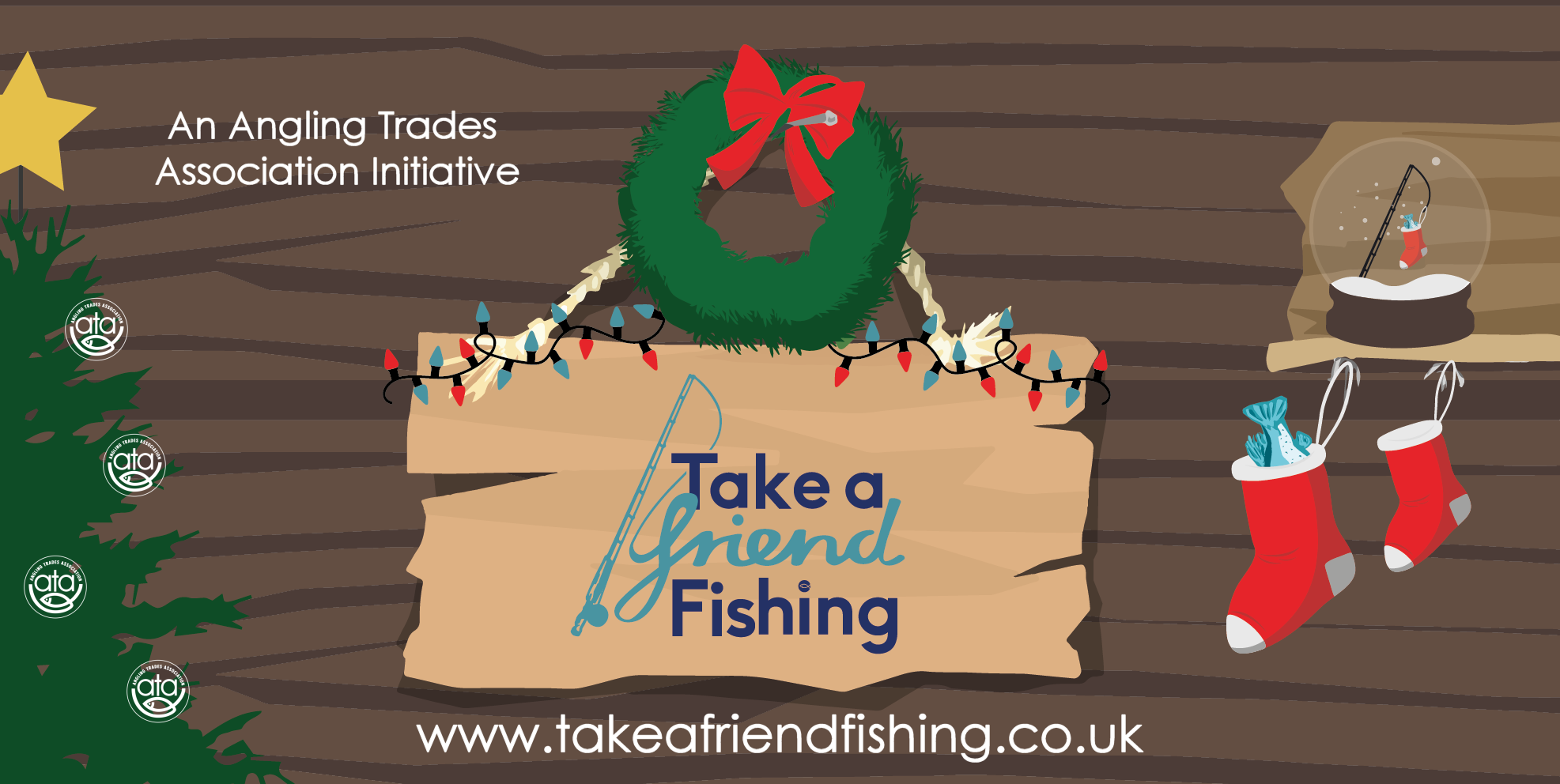
Take A Friend Fishing – get into fishing this…

BBC Panorama exposes cheating on pollution reporting and a…

Three Voluntary Directors elected at AGM

